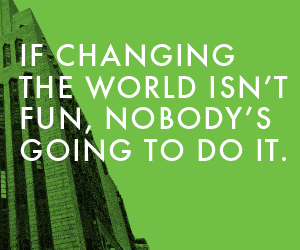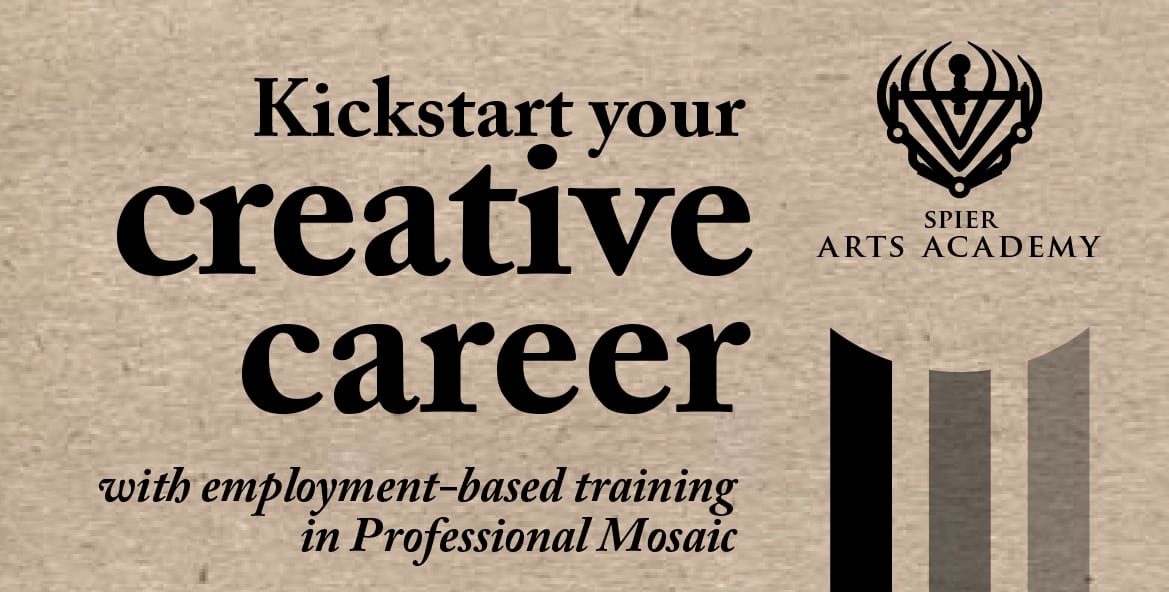Recently reading Walter Benjamin’s ode to the city of his birth, ‘Berlin Childhood, circa 1900’, written in the early 1930s in exile and extensively revised in 1938 whilst Benjamin was being persecuted by the Nazis, I was struck again by the many contradictions of this great city. In few other world cities does one experience so visibly the layers of history and trauma, at the same time that a palpable sense of healing, hope and possibility pervades. Berlin wears its scars like a badge.
Berlin’s status as the de facto contemporary art capital of Europe is due mainly to an influx of international artists that has escalated since the nineties following the fall of the Berlin Wall. Cheap living/working spaces and liberty provided endless possibilities for creative life in all its manifestations and played an integral part in the rebirth and regeneration of the city.
A creative life where the lines blurred, so that found space, artist’s studio, informal gallery, bar and techno club led from one to the other, is a familiar Berlin story of independence and make-do. Alas, it is a phenomenon that is disappearing. One senses a certain nostalgia for those heady times, as the city and its art scene mature and settle into more established ways. Now real estate developers dominate the new urban fabric and commercial galleries determine more and more of the contemporary art agenda.
The recent Berlin Art Week reflects these changing times. It was established by a group of powerful art dealers in the city also responsible for the annual Gallery Weekend in the spring. These two events have become major bookends in the seasonal Berlin exhibition cycle. At the heart of Art Week is Art Berlin Contemporary (ABC), an art fair attempting to break with the expected format. Established as an alternative, and in opposition, to the existing contemporary art fair, Art Forum Berlin was actively boycotted by many Berlin dealers in 2008. Negotiations for a merger failed, and Art Forum’s organisers, Messe Berlin, threw in the towel in 2011 exiting the art fair business for the foreseeable future.
Alfredo Jaar, Kultur = Kapital, 2012, neon lights, 800 x 100cm. Image courtesy the artist and Galerie Thomas Schulte, Berlin
In the space left by Art Forum Berlin, Berlin Art Week attempts to bring a large number of events, exhibitions, two art fairs (ABC and the rather poor quality Preview), and a couple of the obligatory Berlin parties into some kind of programmatic order. Many major public institutions in the city participate, though perhaps only using the platform for marketing purposes. A cynical view would be to describe it as opportunism by the organisers to gather a disparate array of unrelated events under the umbrella of a self-serving brand.
ABC’s successful and refreshing attempt to break the art fair format is based on a simple premise – doing away with the usual scheme of small booths carving up a large venue into tight grids and claustrophobic alleyways to herd collectors along. Instead, participating galleries are invited to present works by a single artist. These are then considered curatorially, and a design developed to present works as a large-scale exhibition.
Two South African galleries, Stevenson and blank projects, both with a strong presence, joined a rather thin international representation (sixty-six of the 129 participating galleries were Berlin based, and only fifteen were from outside Europe). Stevenson presented new works by Dutch photographer Viviane Sassen, stark portraits that received much interest.
Wael Shawky, puppets from Cabaret Crusades: The Path to Cairo, 2012, installation view at KW Institute for Contemporary Art 2012. Photo: Uwe Walter and courtesy the artist and Sfeir-Semler Gallery, Beirut/Hamburg
Blank projects marked their debut at an international fair with a carefully considered selection of minimal works by James Webb, executed with the usual precise elegance the artist is known for. Inside the cavernous space of Station Berlin, without any walls or clear separation from other artists or galleries, an installation of five works occupied blank’s allocated space. Perhaps ‘occupy’ is a strong term to describe the ephemeral and intangible nature of the pieces, held together by an internal tension: a sound piece of birdsong (calls of a Cape Robin) echoed through the venue, an iteration of an ongoing project titled There’s no Place Called Home (Berlin); a plinth in a central position displayed a simple Ikebana flower arrangement, commissioned from a Berlin-based master of the art, using plants alien to and invasive in Germany; a neon sculpture based on Cape Town graffiti; a mirror balanced against a ledge with the text ‘Know Thy Worth’ in Arabic script; and a light bulb suspended from the rafters flashing a message in Morse Code.
The week’s activities were aimed at bringing international visitors to Berlin, and showcasing its unique scene in an attempt to grow an art-buying audience in Berlin, which has a notably small art market in relation to the glut of commercial spaces in the city.
However, from my experiences visiting the fair twice, once at the preview and later during the weekend, attendance seemed low and a number of gallerists expressed disappointment with slow business. Whilst the strong programme of ABC and its astute curatorial vision are commendable, perhaps future additions will have more international impact and attract the numbers that will make it viable.
Read more in the current issue of Art South Africa 11.2, on shelves now.
Storm Janse van Rensburg
ORIGINALLY PUBLISHED IN ART SOUTH AFRICA V11.2



